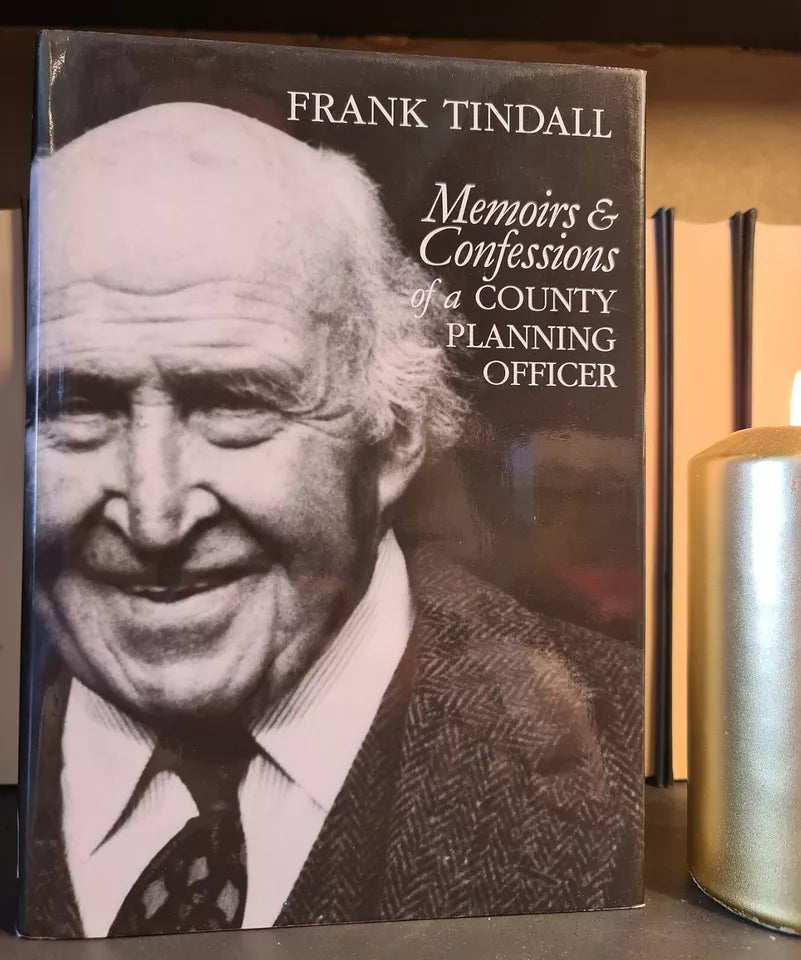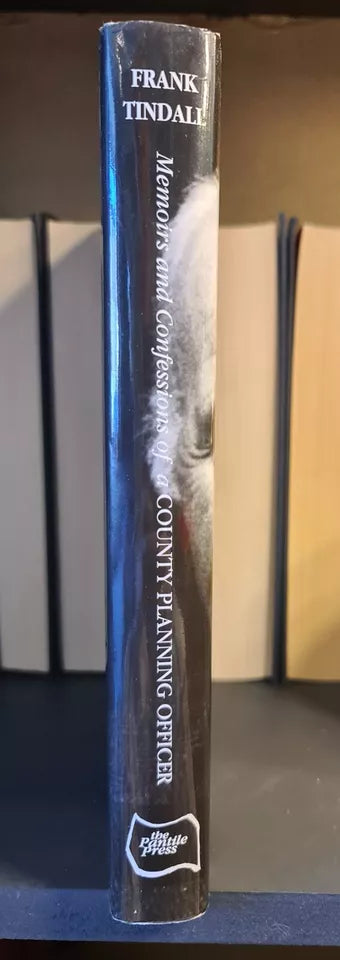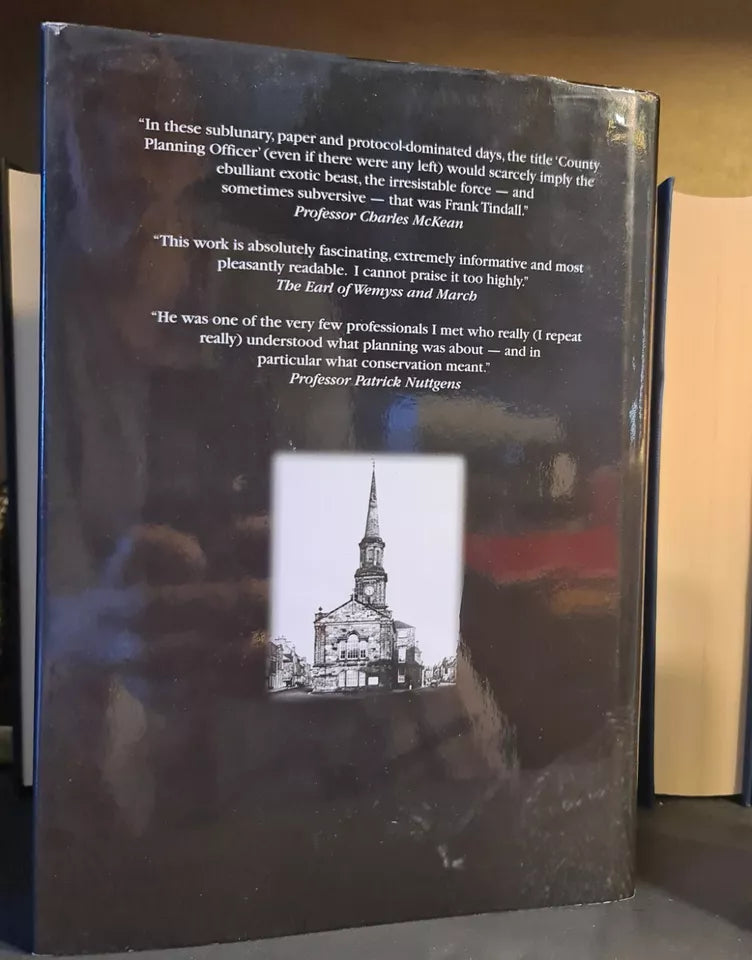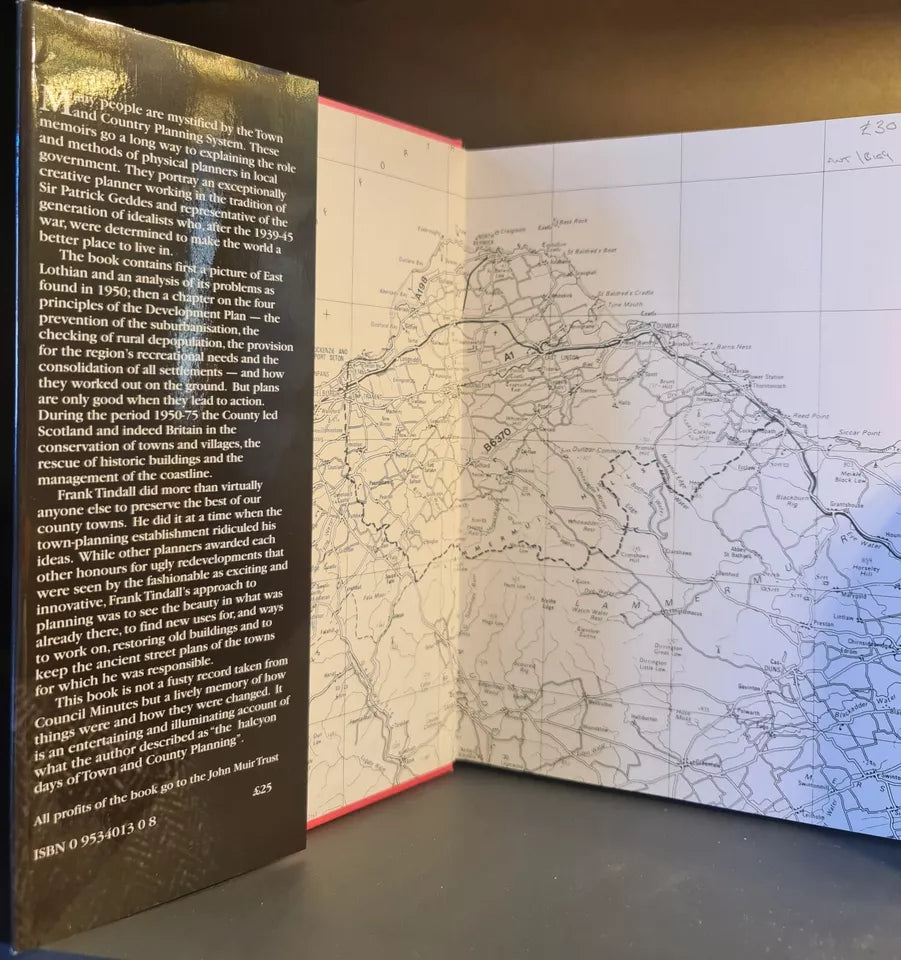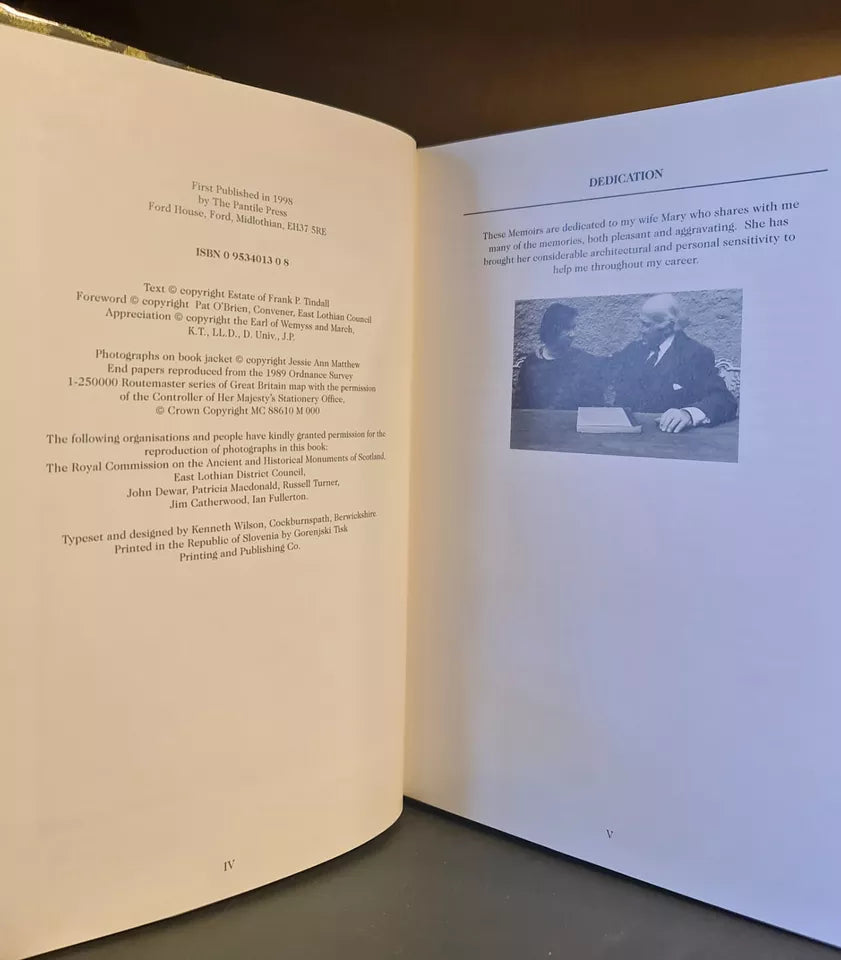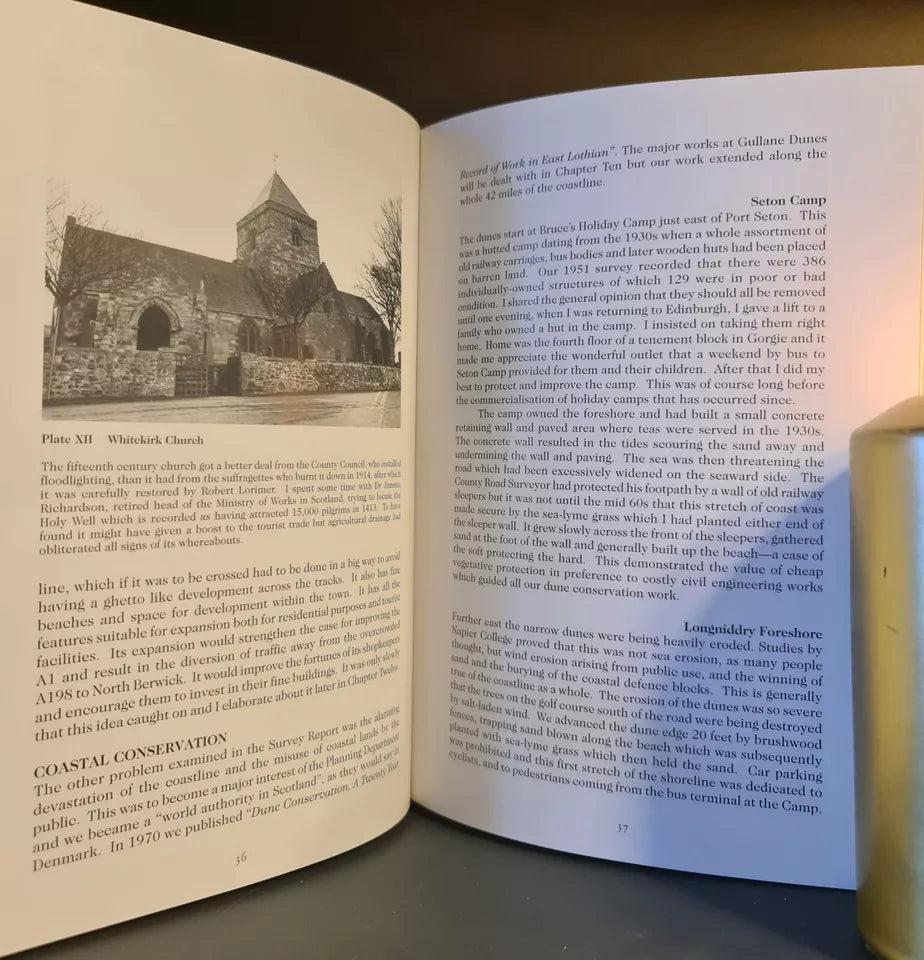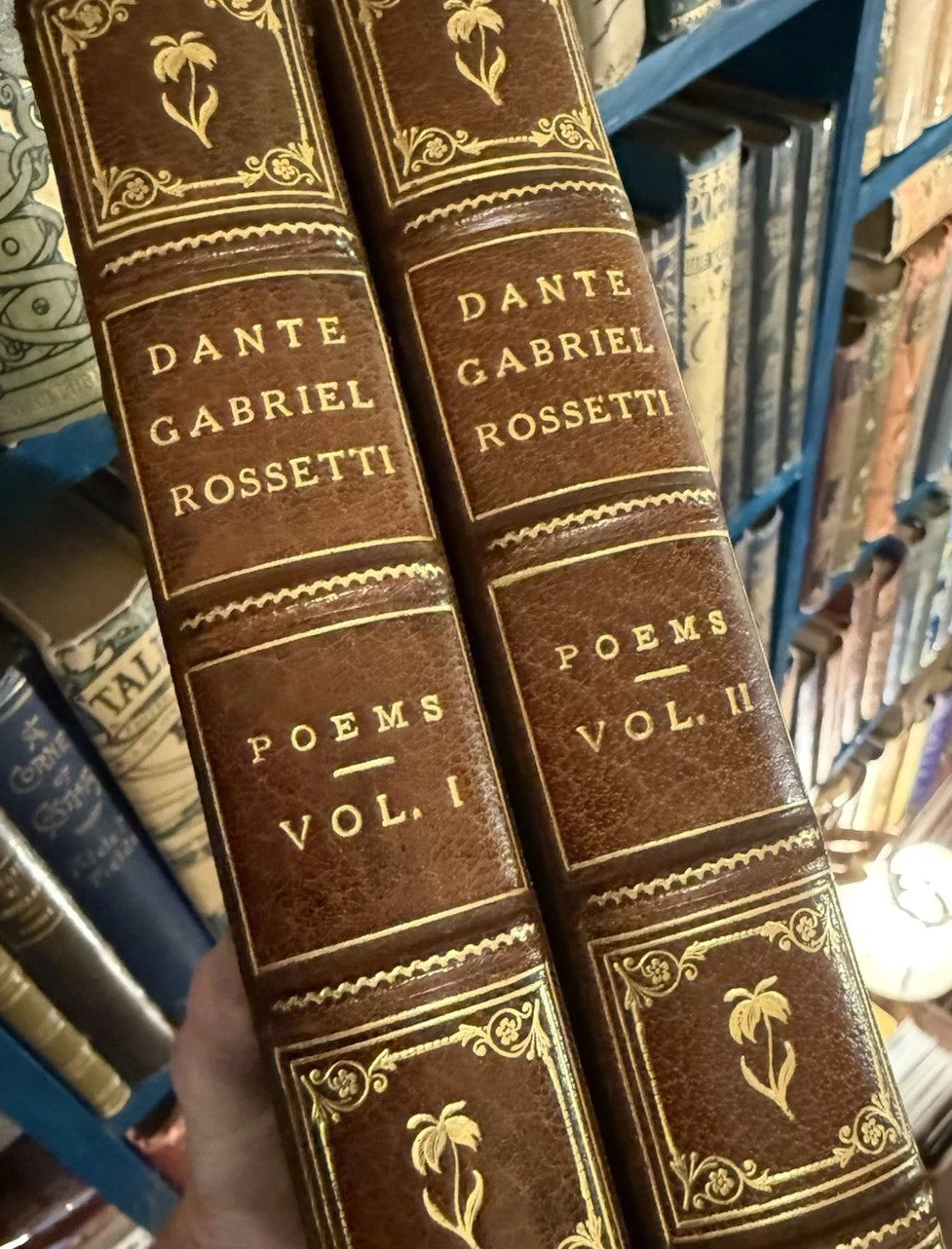The Gently Mad Book Shop
Frank Tindall, Memoirs & Confessions of a County Planning Officer: H/B: 1st Ed
Frank Tindall, Memoirs & Confessions of a County Planning Officer: H/B: 1st Ed
Couldn't load pickup availability
Frank Tindall: Memoirs & Confessions of a County Planning Officer
By Frank Tindall
Published by The Pantile Press, Ford, Midlothian, 1998. Hardback cover with dustjacket (unclipped), 325 pages. Includes black & white photography and illustrations throughout.
CONDITION
Overall very good condition - see photos. Minimal wear to edges of dustjacket and bottom spine of hardcover. No names or writing. Images crisp & clear.
Many people are mystified by the Town Country Planning System. These memoirs go a long way to explaining the role and methods of physical planners in local government. They portray an exceptionally creative planner working in the tradition of Sir Patrick Geddes and representative of the generation of idealists who, after the 1939-45 war, were determined to make the world a better place to live in.
The book contains first a picture of East Lothian and an analysis of its problems as found in 1950; then a chapter on the four principles of the Development Plan - the prevention of the suburbanisation, the checking of rural depopulation, the provision for the region's recreational needs and the consolidation of all settlements - and how they worked out on the ground. But plans are only good when they lead to action.
During the period 1950-75 the County led Scotland and indeed Britain in the conservation of towns and villages, the rescue of historic buildings and the management of the coastline. Frank Tindall did more than virtually anyone else to preserve the best of our county towns. He did it at a time when the town-planning establishment ridiculed his ideas. While other planners awarded each other honours for ugly redevelopments that were seen by the fashionable as exciting and innovative, Frank Tindall's approach to planning was to see the beauty in what was already there, to find new uses for, and ways to work on, restoring old buildings and to keep the ancient street plans of the towns for which he was responsible.
This book is not a fusty record taken from Council Minutes but a lively memory of how things were and how they were changed, It is an entertaining and illuminating account of what the author described as "the halcyon days of Town and County Planning"
(Bindery shelves A2)
Share with someone
